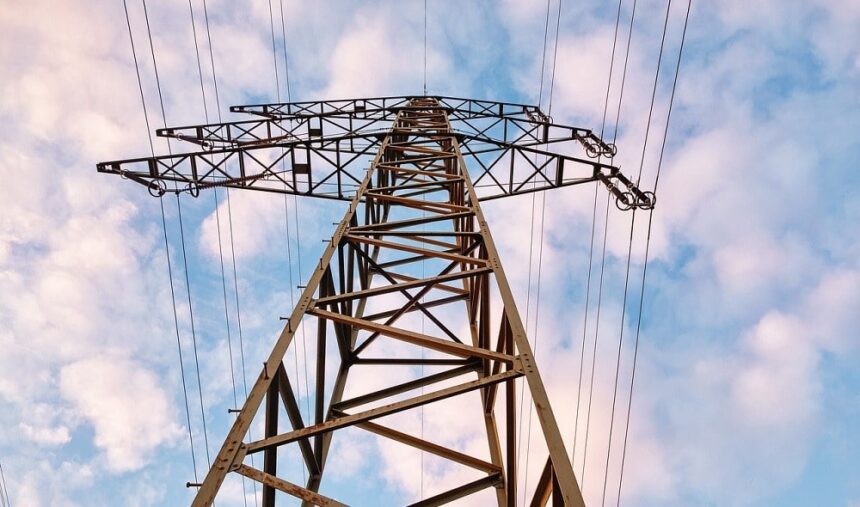The Electricity Control Board (ECB) has assured Namibians that the country will not experience load-shedding for the next two years.
ECB Chief Executive Officer Robert Kahimise attributed the positive outlook to crucial bilateral agreements, particularly with neighbouring Zambia.
“In the foreseeable future, we are talking about how long our bilateral agreements, particularly with Zambia, will cover us. Considering the agreements we have in place, I can confidently say that, unless something drastic occurs, we should not expect load-shedding,” he said.
Kahimise reiterated the importance of these agreements in mitigating the risk of blackouts.
“Threats now and then can happen, especially at the transmission level. There’s nothing we can do about it but to fall into load-shedding. However, for now, I can give that assurance to the industry [that no load-shedding will take place in Namibia],” he said.
He acknowledged that challenges may arise, but expressed confidence in the nation’s preparedness.
“For now, we are well covered over the next year to two. We are also getting some positive rain flow, which contributes to the stability of our power supply,” Kahimise added.
The ECB CEO shed light on the cost associated with maintaining a stable power grid, stating: “We have told you what it costs to run, and for now, the water flows are positive.”
The positive outlook on water flows implies that Namibia is well positioned to harness hydroelectric power, a significant factor in the nation’s energy mix.
ECB General Manager of Economic Regulation Pinehas Mutota said the Ruacana hydroelectric power plant in Namibia is currently operating at full capacity, producing around 347 megawatts (MW) of electricity.
The achievement is attributed to favourable weather conditions, specifically substantial rainfall in the southern part of Angola, which serves as the catchment area for the hydroelectric facility.
Mutota said the increased water levels in the dams located in Angola, which feed the hydro plant, have allowed for the sustained operation of all four turbines over an extended period.
“Due to good rains in the southern part of Angola, which is the catchment area for the hydro, there has been some good rain, and because of that, we have been able to run our four turbines consecutively, which is a good thing,” Mutota said.-miningandenergy.com.na



Leave a Reply